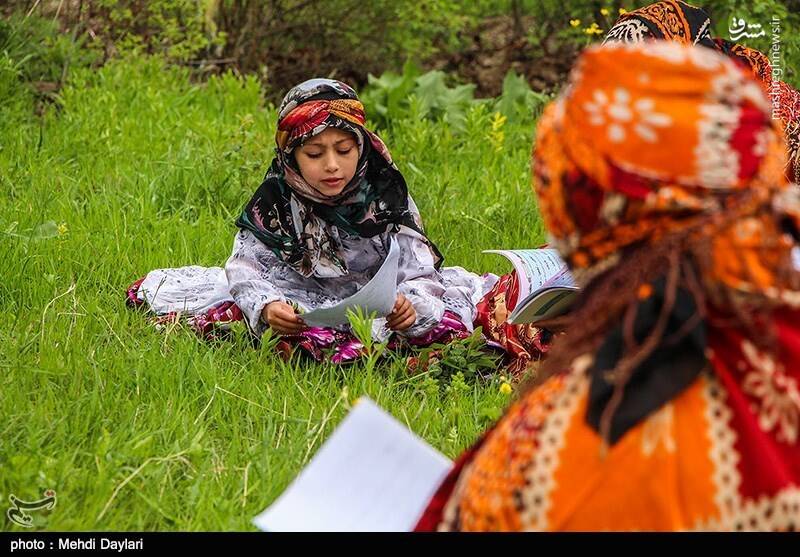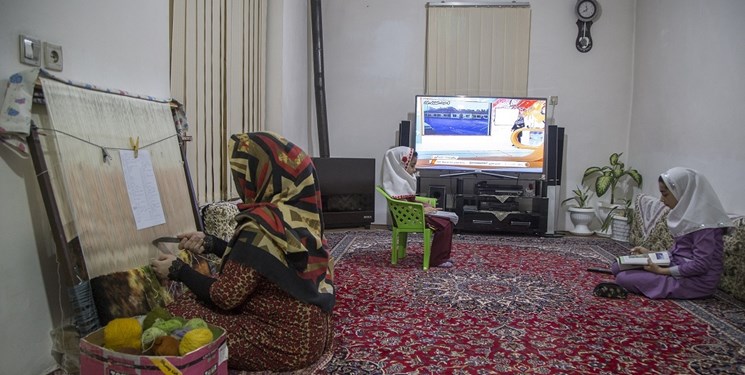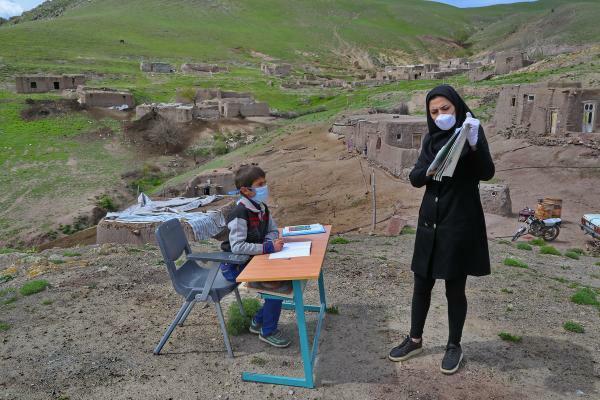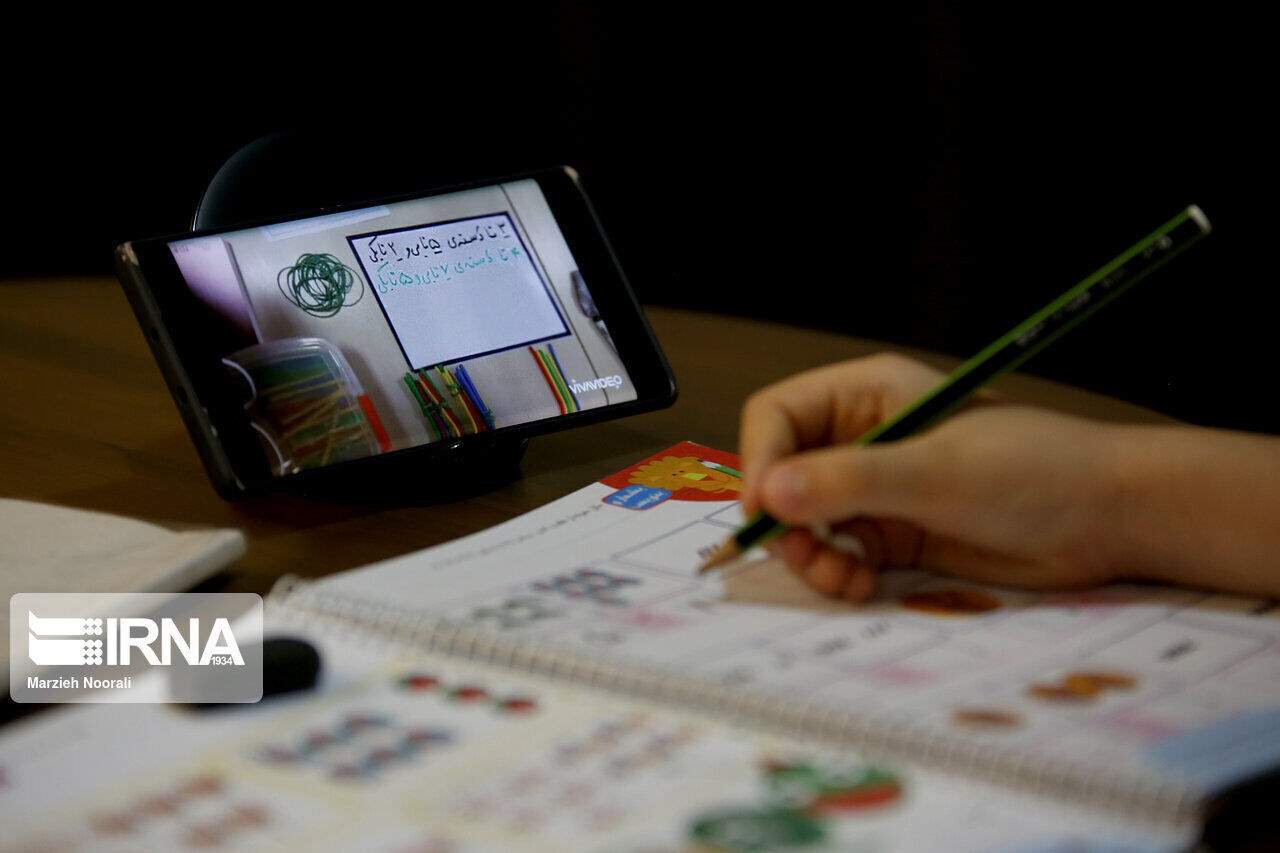
“I have much more work to do since the schools have been closed due to Coronavirus outbreak in Iran”, says Fariba, 48, a graphics instructor at one of the art high-schools of Karaj, a city next to Tehran. “In normal time, I was working for certain hours during the day; now I start working from morning to late evening.”
Like many other countries, Coronavirus threat affected education in Iran as well. Schools and universities closed down in the beginning of March and lectures were supposed to be given online. However, the infrastructure for e-learning in Iran has proved to be quite inefficient. As time goes on, the question arises as to whether all children can equally have access to educational material.
“I have told my students not to contact me after 6 p.m.”, continues Fariba. “But several of them send me their homework or questions even at 9 in the evening. Many of them do not have their own smartphone and should wait until one of their parents, mostly their father returns from work so they can use his smartphone and download lectures. And when they have questions, what shall they do? Of course, they call me any time.”
Fariba teaches at a state-high-school. Children attending these schools are often not from well off families. Sympathy for her students keeps her answering and working with them even until late evenings. “How can I ignore them?”, wonders she, herself mother of two, while looking at her Samsung smartphone.
During the last two weeks of April the prices for smartphone and tablets in Iran went up by 30 percent.
“Online lectures have pushed demands for smartphone and tablet devices up”, explains Ebrahim Dorosti, Head of Telecommunication Devices Importers’ Association of Iran. “Additional to the growing demand, for the past two months, the import of such devices has partially been on hold due to Coronavirus outbreak in Iran and China, plus the exchange rate which went up as well.”

All these factors have made buying a smartphone less affordable for millions of people in Iran where, as of a year ago, 31% of the population had no touch-screen mobile phone, as says ISPA, a polling agency.
According to Smart Phone Importers’ Association, in the past 1.5 month, only 700,000 mobile phones have been imported to the country. This is while, even in normal periods, this market needs the supply of 1.2 million devices every month.
The average price for a smartphone bought in Iran has been around 150 USD. This value becomes more significantly when noting that the average rural household income in Iran is about 129 USD per month according to Statistical Centre of Iran.
The unhappy App which pushed prices
Since the closure of the schools, the Ministry of Education in Iran obliged all teachers and students to use a mobile application, called “Shad” for educational purposes. Shad in Farsi means Happy.
“It would have been better if they had chosen another name for this application”, says Hamid, 38, who sells and repairs mobile-phones. “Since the launch of this program, several parents brought their old smartphones for repair and have asked us to install Shad App for them. But the phones have been so old that either it was not possible to repair them or their operating system was out of date so the application could not be installed. When you see that they just struggle to provide a device for their children to continue their study and you have to disappoint them…” He does not conclude his statement and turns around and keeps himself busy with arranging mobile phones on the vitrine and not to think about it.
The rocketing prices for smartphones are not the only nightmare for low-income families. The cost of Internet for uploading and downloading lectures, videos and voice messages have also become a serious issue.
“For the past two months, my mobile monthly bill has been 3 million rials (20 USD)”, says Davood, 42, Literature teacher at a middle school in south of Tehran. “I still have a salary and can pay for the internet but imagine families who have two or three children and they continually must buy internet packages for them! I have three classes and a total number of 120 students, out of which only 30 use Shad App. Several families cannot afford it.”
Other capacities which may help education

There are 22 million children in Iran where nearly half of them belong to 7.5 million working class families. Although nearly 98% of Iran’s population is literate but it does not mean that parents in those families can assist their children with their studies.
“We know that 30% of the students in the country have no access to Internet” said the Minister of Education of Iran, Mohsen Haji-Mirzai, to Iranian Labour News Agency (ILNA). “Therefore, we are trying to use other capacities to provide education for them. Currently three channels at public TV are dedicated to school lectures and programs. However, we have 250 various materials with 1000 books. Therefore, it is impossible to cover all these subjects at length on TV.”
The Ministry is also sending the educational materials to some rural areas and in some villages, teachers visit their student or do lectures out-door only to hold kids on track. All the effort is to avoid as many children as possible not drop school for the next year.




